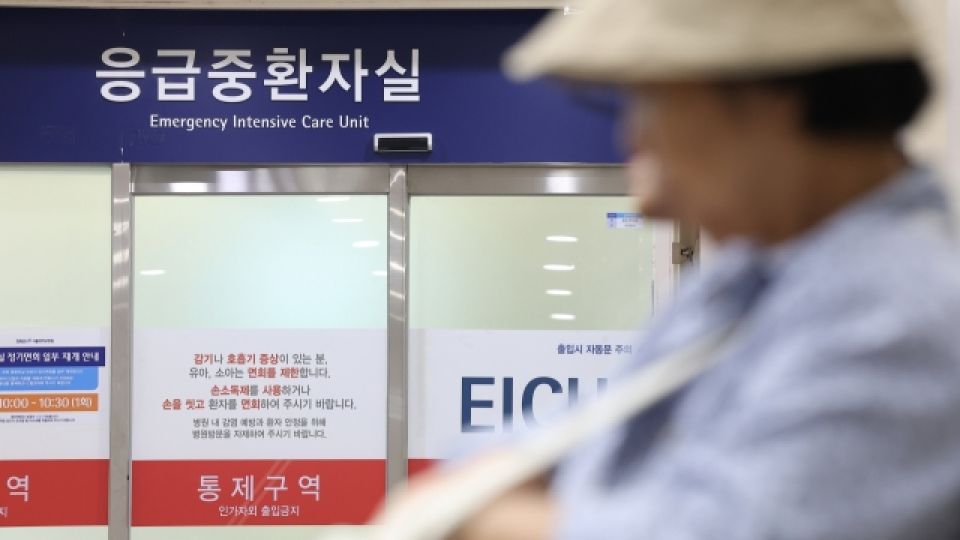October 10, 2024
SEOUL – The number of terminally ill patients in South Korea choosing to discontinue life-sustaining medical treatment has been steadily rising, surpassing 70,000 cases last year alone.
According to data provided by Rep. Kim Mi-ae of the National Assembly’s Health and Welfare Committee, 77,720 patients chose to withdraw from life-prolonging medical interventions in 2023, reflecting a 46.6 percent increase over the past five years.
The trend has shown consistent growth, with the number of patients opting out of treatment rising from 48,238 in 2019 to 54,942 in 2020, followed by 57,511 in 2021, and 63,921 in 2022.
The data also reveals a significant shift toward patient self-determination. In 2023, 45 percent of patients made the decision themselves, compared to 35.6 percent five years ago.
Under South Korean law, specific steps are required for discontinuing life-sustaining treatment. A physician must first confirm that the patient is at the end of life, and either the patient or their family must express a desire to stop treatment.
The decision can be formalized through several means: an advance directive completed by the patient, a care plan prepared by the physician per the patient’s wishes, a statement from two or more family members, or a consensus reached by all family members.
Among the 77,720 patients who ended life-sustaining treatments in 2023, 23,701 did so based on statements from multiple family members, 21,771 on the physician’s care plan, 15,171 through family consensus and 10,077 on their own accord through advance directives.
The end-of-life decision-making framework was established in February 2018 under the Act on Life-sustaining Treatment Decision-making for Patients in Hospice and Palliative Care or at the End of Life, commonly known as the Death with Dignity Act.
The legislation allows individuals to refuse or discontinue treatments that merely extend the dying process without therapeutic benefits, such as cardiopulmonary resuscitation, hemodialysis, chemotherapy and ventilator support.
This increase in patients choosing to forgo life-sustaining treatment reflects a growing awareness and acceptance of the right to a dignified death, underscoring the importance of end-of-life planning in South Korean health care.


